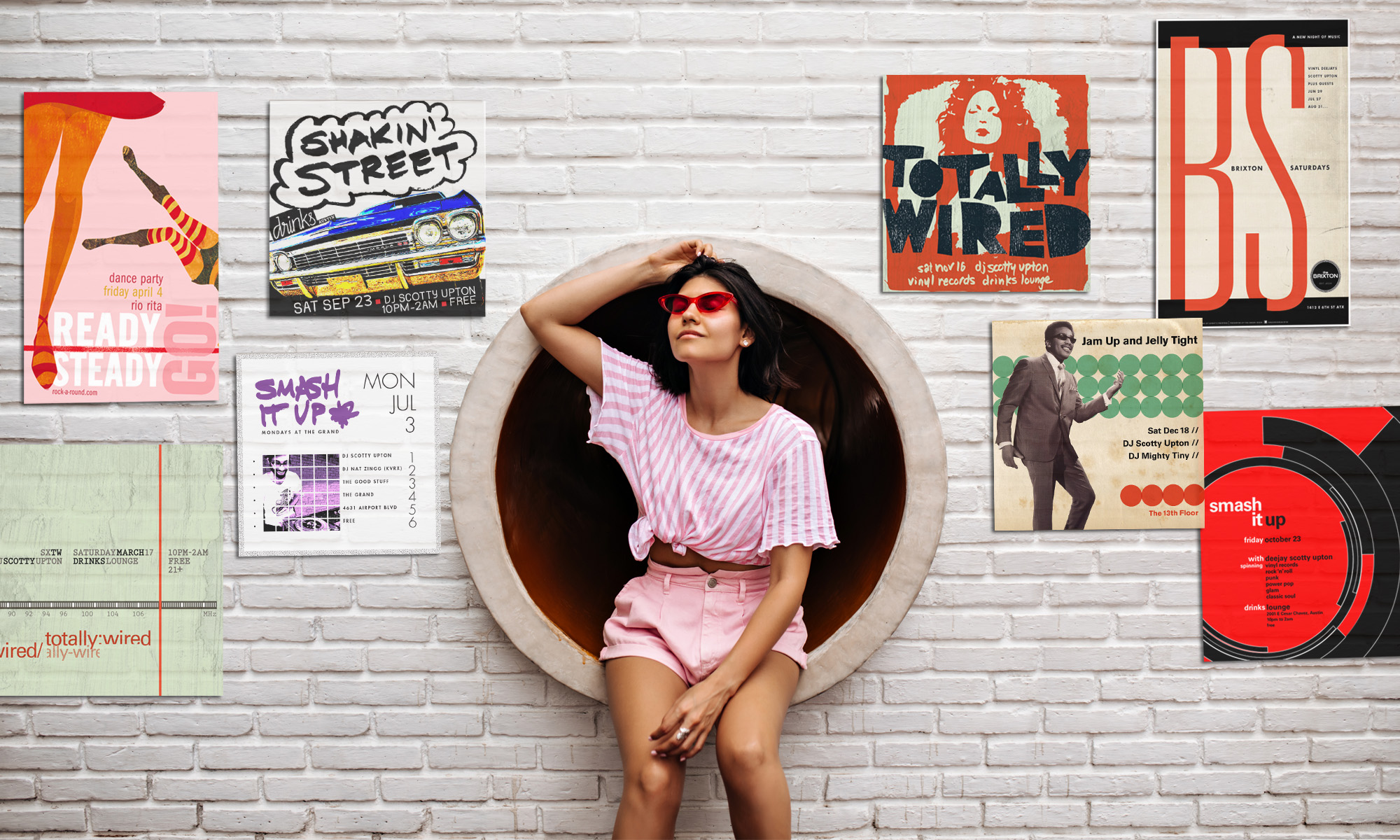 There is no need to type two spaces following a period. Why? Simply put, typefaces used by modern computers are proportionally spaced rather than monospaced. Double spacing after periods was acceptable for typewriters, because the spacing between each character was of equal space. However, today if you type two spaces following a period, or any sentence-ending punctuation, a wide gulf of visually unappealing negative space is created. It looks amateurish.
There is no need to type two spaces following a period. Why? Simply put, typefaces used by modern computers are proportionally spaced rather than monospaced. Double spacing after periods was acceptable for typewriters, because the spacing between each character was of equal space. However, today if you type two spaces following a period, or any sentence-ending punctuation, a wide gulf of visually unappealing negative space is created. It looks amateurish.
Since the time described in the book of Genesis, those raised on primary school typewriting classes have been well-drilled to type two spaces.When designing for clients, I am often delivered text that was composed in a word processor rife with extra spaces. It is no bother for me to search and replace these with a single space—it is ingrained into my design process. However, experienced typographers know, for elegant copy in published work, single spaces are mandatory.




